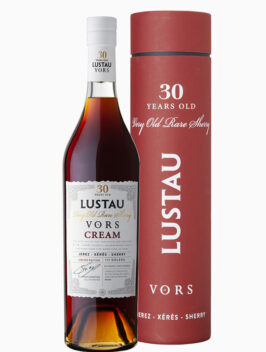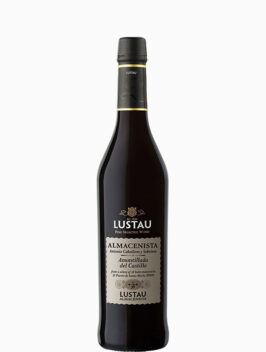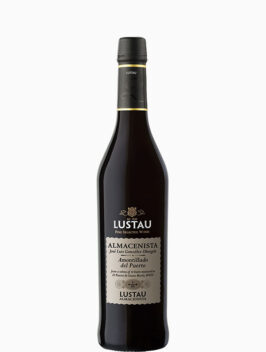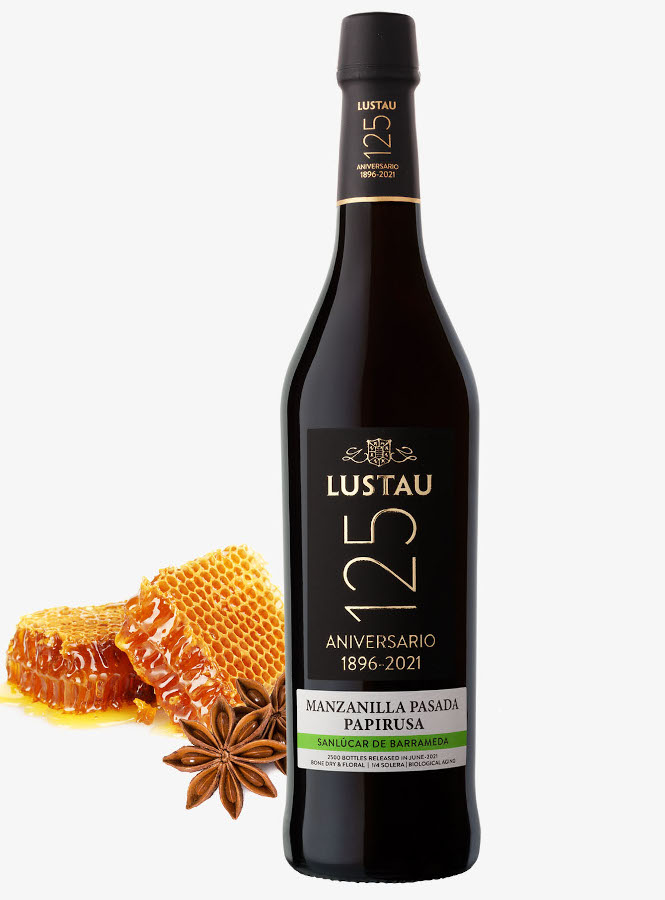-
×
 Lustau Cream VORS (50cl)
1 × 63,50€
Lustau Cream VORS (50cl)
1 × 63,50€ -
×
 Amontillado del Castillo - Alm. Antonio Caballero y Sobrinos (50 cl)
1 × 29,55€
Amontillado del Castillo - Alm. Antonio Caballero y Sobrinos (50 cl)
1 × 29,55€ -
×
 Amontillado de El Puerto - Alm. González Obregón (50cl)
1 × 24,20€
Amontillado de El Puerto - Alm. González Obregón (50cl)
1 × 24,20€ -
×
 Amontillado VORS (50 cl)
1 × 63,50€
Amontillado VORS (50 cl)
1 × 63,50€
Subtotal: 180,75€ (incl. VAT)








